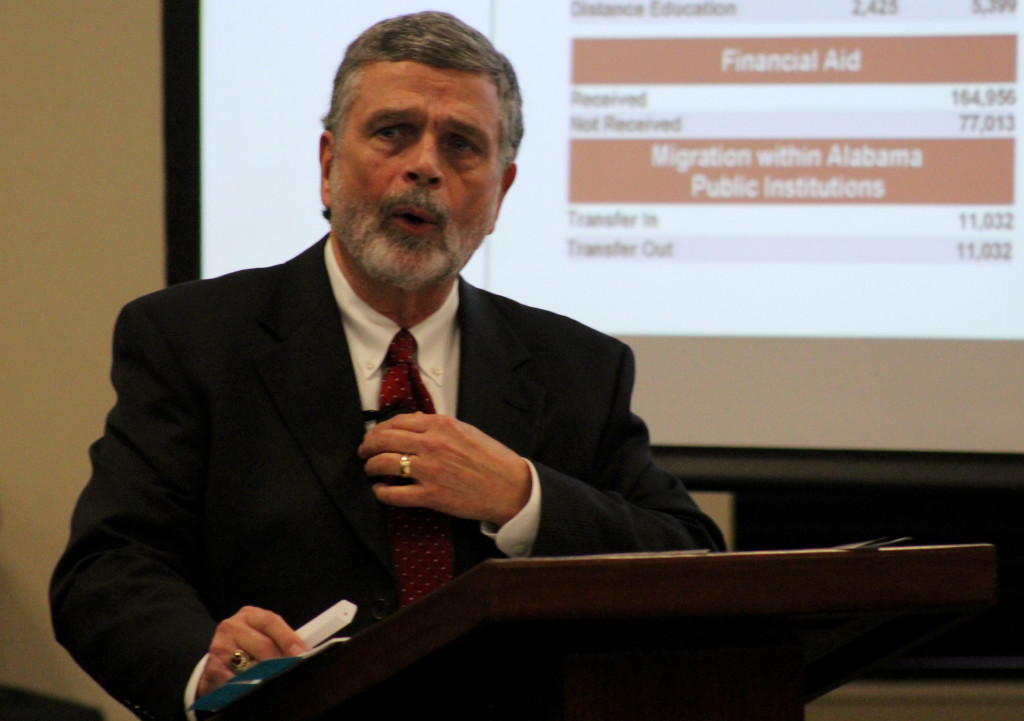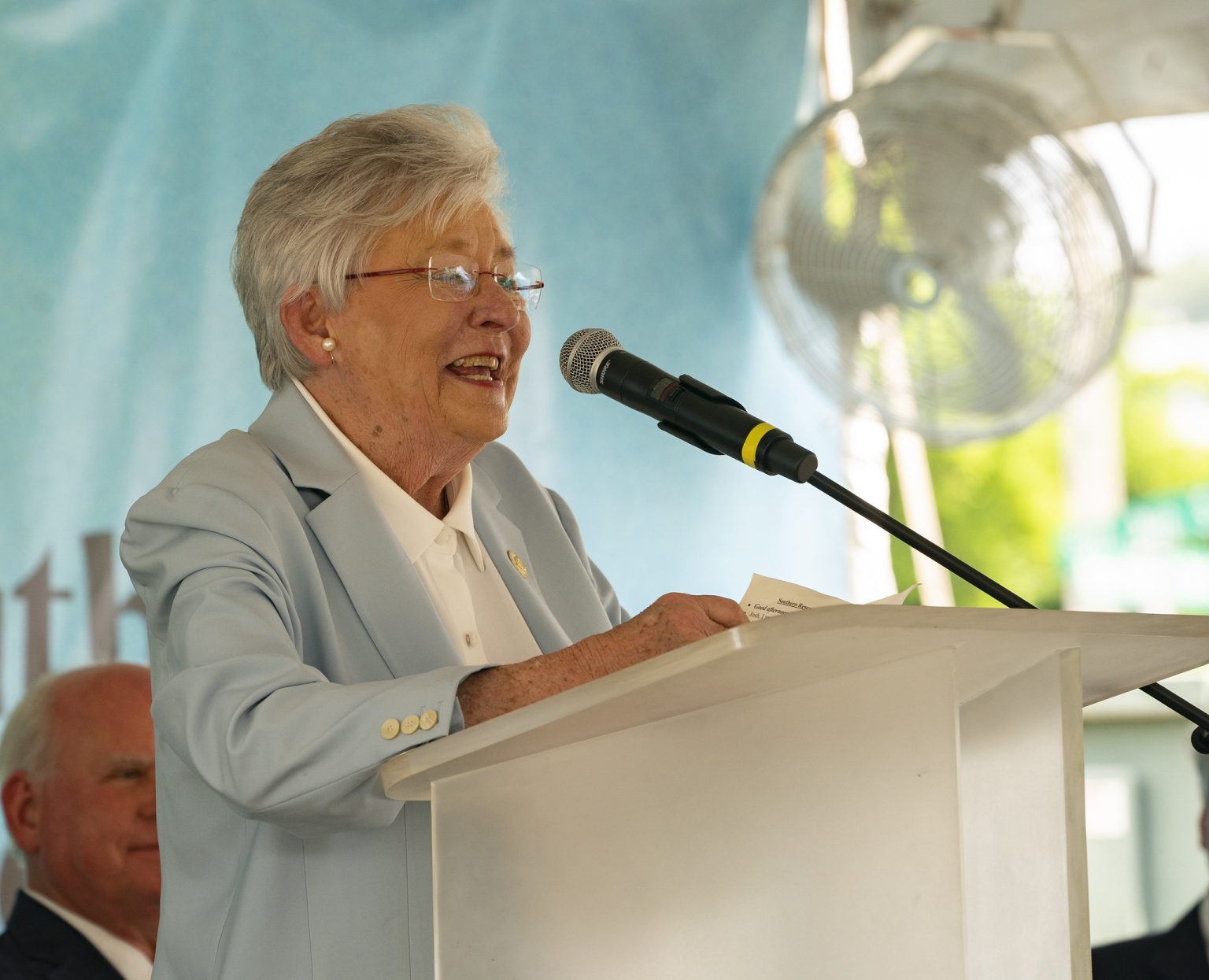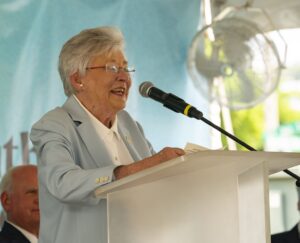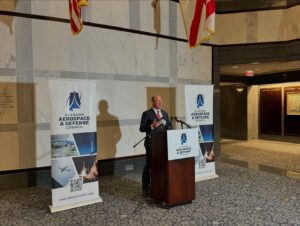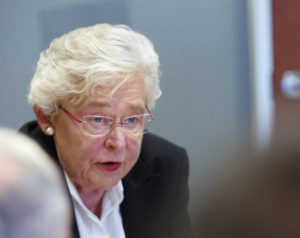Gregory G. Fitch, executive director for the Alabama Commission on Higher Education (ACHE), appeared before the state House Ways and Means Committee and the Senate Finance and Taxation Committee on Monday to make the case for additional funding for Alabama’s two-year and four-year colleges.
Before Fitch addressed the committees, legislators discussed bringing education committees together during the session to discuss ongoing concerns surrounding Alabama’s various education programs and the funding required for each.
An idea being tossed around was the consideration of performance-based funding for higher education, as has been done in other states.
Currently, only 51 percent of Alabama public school students are attending four-year universities and, of those, 32 percent need remedial courses in english, math or both.
Fitch briefly touched on the economic impact of student loans for housing and other necessities outside of tuition, which go into local economies: In fall 2013, students received more than $800 million in grants and scholarships, more than $300 million in Pell grants and more than $500 million in student loans, funneling about $1 billion into state coffers.
While most of Fitch’s address discussed the job of ACHE and various benchmarks that Alabama students are and are not meeting, a document presented during the hearing laid bare the committees budget needs.
According to that document, Alabama’s public universities are requesting an increase of more than 31 percent from the Executive Budget Office, which rounds out to just about $480 million.
That same document places ACHE’s recommended increase at just 7.19 percent, or more than $107 million. Of that, more than $20 million would go to two-year institutions and more than $93 million would go to other public institutions.
With the recommended 7 percent increase across the board, all of the Alabama universities listed in the document will receive less than requested. Among those are Alabama State University, which requested the largest increase at 75.47 percent, and Troy University, which requested a 38.7 percent increase.
Alabama’s largest universities, the University of Alabama and Auburn University, requested increases of 34.34 percent and 37.44 percent, respectively.
Related
Share via:

